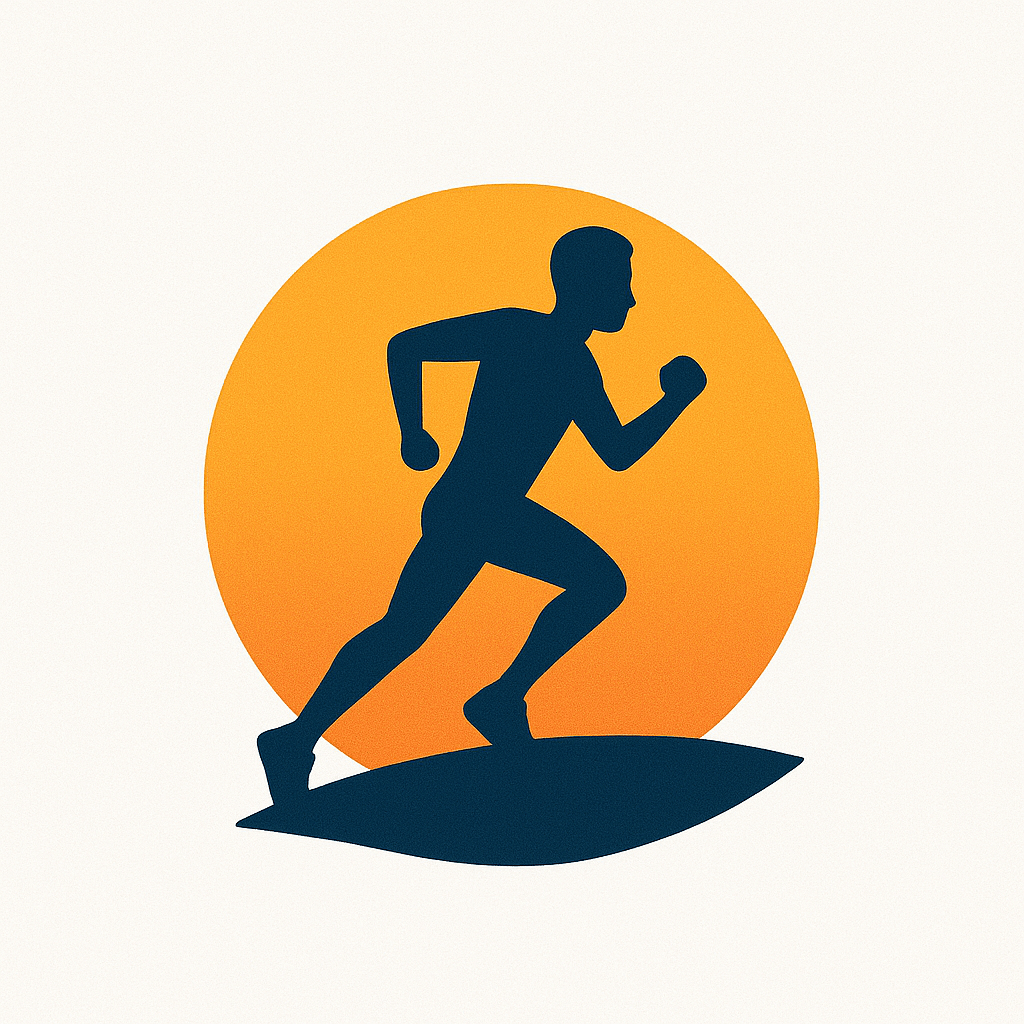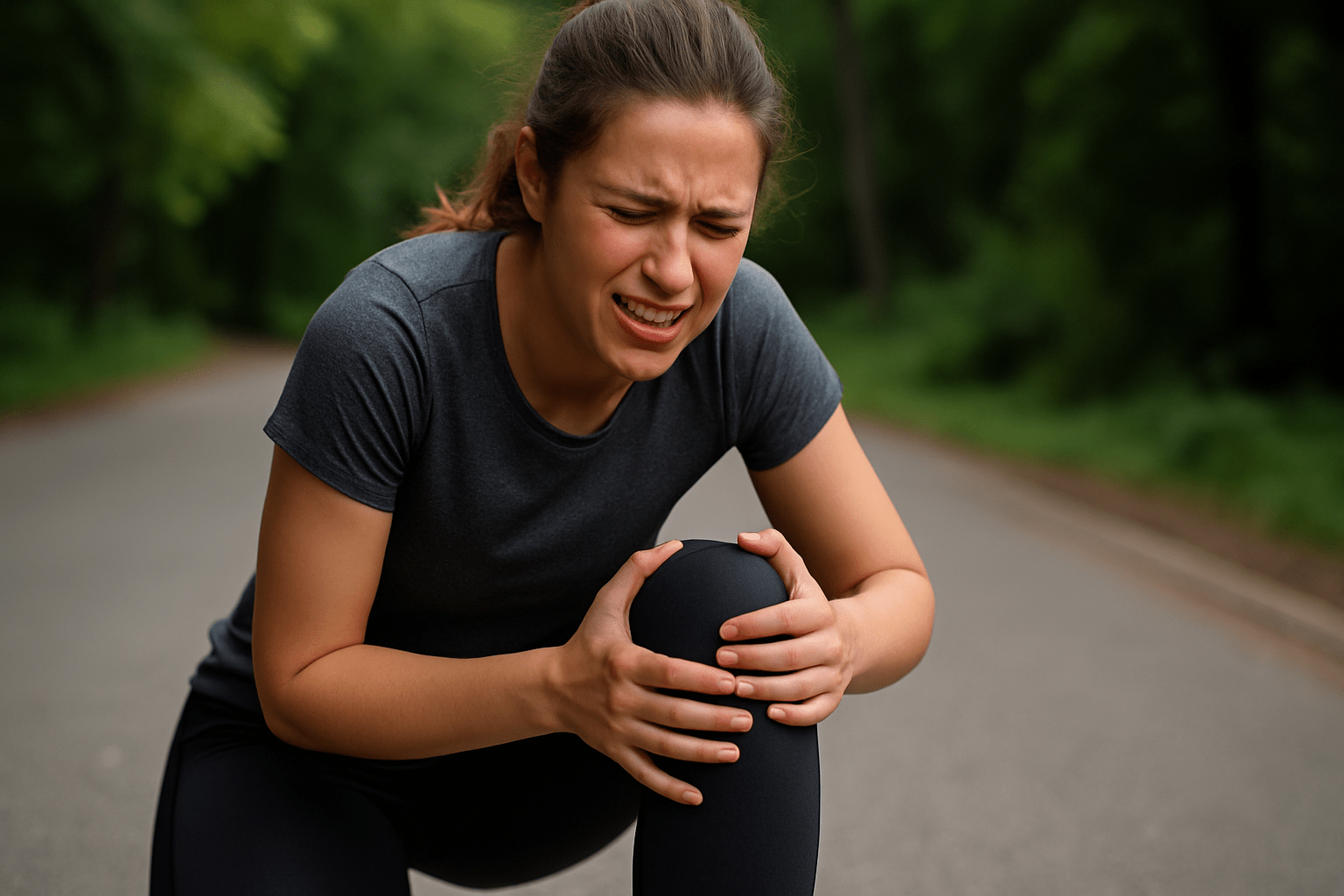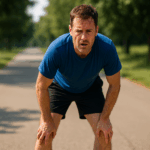Runner’s Knee Explained: Symptoms, Causes, and How to Treat It
If you’ve ever experienced pain around the front of your knee during or after a run, you might be dealing with a condition known as runner’s knee, or patellofemoral pain syndrome. It’s one of the most common injuries among runners, but athletes in other sports—like tennis, football, or cycling—can also be affected. While frustrating, this condition is often manageable with the right approach.
This complete guide will walk you through everything you need to know about runner’s knee: what it is, how it feels, what causes it, and most importantly—how to treat and manage it effectively so you can get back on track.
What Is Runner’s Knee?
Runner’s knee refers to discomfort or pain around the patella (kneecap), particularly where it interacts with the femur (thigh bone). The condition often results from overuse, improper running form, or muscle imbalances, and is especially common after long runs or activities involving frequent knee bending. It affects both amateur and experienced runners alike, and understanding its mechanics is essential for prevention and recovery.
Typical symptoms include:
- Aching or diffuse pain at the front of the knee
- Discomfort when climbing stairs, squatting, or sitting for extended periods
- Puffiness or swelling around the kneecap
- Pain during eccentric movements like stepping down or single-leg squats
- Sensation of weakness or instability in the knee
What Causes Patellofemoral Pain Syndrome?
Runner’s knee can result from a mix of factors, including:
- Quadriceps weakness – particularly the vastus medialis oblique (VMO)
- Tight outer knee structures limiting smooth kneecap movement
- Overuse or sudden increases in training volume or intensity
- Poor running mechanics, such as overstriding or inward knee collapse (valgus)
- Muscle imbalances between the hip, thigh, and calf
- Previous knee injuries
Although other factors like foot posture, age, or body weight were once believed to contribute, recent studies suggest they may have less impact than previously thought. That said, every runner is different, and what triggers pain for one person may not affect another the same way.
Understanding the Patellofemoral Joint
The patellofemoral joint connects your kneecap (patella) and thigh bone (femur). When you bend your knee, the patella glides through a groove in the femur called the trochlear groove. The patella acts like a pulley for your quadriceps tendon, helping you extend your knee and maintain efficient movement.
When the kneecap doesn’t track smoothly—due to muscle tightness, weakness, or poor alignment—it can cause irritation and pain at the joint surface. This is what characterizes patellofemoral pain syndrome.
How to Treat Runner’s Knee Effectively
The good news? With the right treatment plan, most people with runner’s knee see significant improvement. Here are the most effective strategies:
1. Exercise Therapy & Strength Training
Targeted strength exercises are among the most evidence-based treatments for patellofemoral pain syndrome. Focus on strengthening the quadriceps, glutes, and hip stabilizers to reduce stress on the knee joint.
Recommended exercises include:
- Glute bridges with resistance bands
- Split squats with lateral band resistance
- Step-ups and lateral step-downs
- Forward lunges with form control
- Banded glute pulley leg lifts
These exercises promote better alignment, joint stability, and muscular balance, all of which help reduce pain and improve function.
2. Manual Therapy
Some runners benefit from manual techniques like patellar mobilisation or myofascial release. These can be performed by a physiotherapist or learned for home use (e.g., using a wooden spoon or your thumbs to apply pressure to tight tissue around the kneecap).
3. Orthotics and Footwear
Over-the-counter orthotics can offer short-term relief if improper foot mechanics contribute to the issue. Pairing these with supportive running shoes may help align the lower limb more effectively during movement.
4. Activity Modification
During flare-ups, reduce high-impact activities and focus on cross-training, such as cycling or swimming. Avoid long periods of sitting with bent knees and try to vary your movement throughout the day.
When Should You See a Physiotherapist?
If symptoms persist for more than a few weeks or worsen with activity, it’s a good idea to consult a qualified physiotherapist. They can assess your biomechanics, test muscle strength, and design a personalized rehab plan. Seeing a professional early can help you avoid long-term knee problems and speed up recovery.
Can You Prevent Runner’s Knee?
While no injury is 100% preventable, there are proactive steps runners can take to reduce their risk:
- Warm up properly before runs with dynamic stretches and mobility work
- Strength train consistently with a focus on glutes, hips, and core
- Progress training gradually to avoid overuse
- Use proper running shoes for your gait and running style
- Pay attention to form – avoid overstriding or excessive inward knee movement
There is still limited clinical evidence supporting prevention strategies, but maintaining strength and stability in key muscle groups is widely recommended.
Does Stretching Help?
While stretching alone won’t cure runner’s knee, it supports flexibility, mobility, and overall joint health. Including post-run stretching for the quads, hamstrings, calves, and hip flexors can aid in recovery and prevent muscle tightness that may contribute to improper tracking of the patella.
Final Thoughts
Runner’s knee is a frustrating but fixable issue. With the right combination of strength training, mobility work, and activity modification, most runners can overcome this injury and return to running stronger and more informed.
Consistency is key. Pay attention to your body, invest in proper recovery, and don’t hesitate to seek expert help if needed.
For more expert-backed tips on running injury prevention and recovery, explore our training and health sections. Stay strong—and happy running!






Leave a Reply